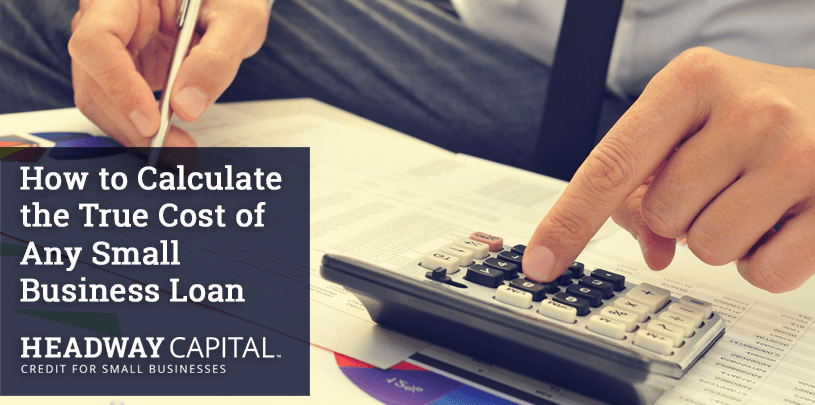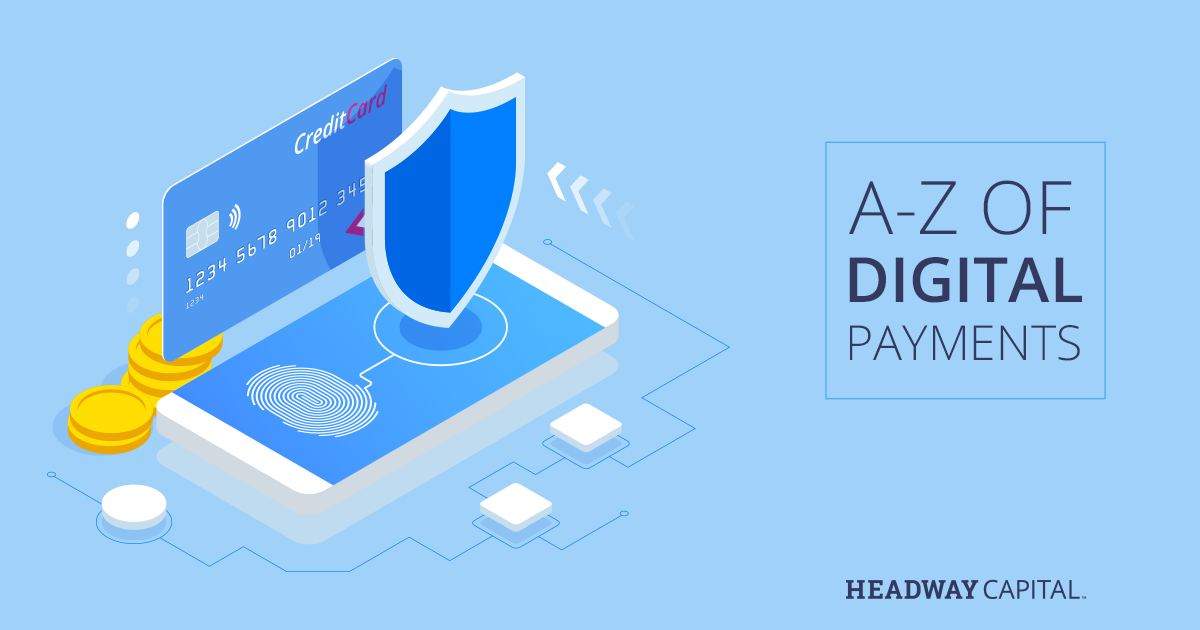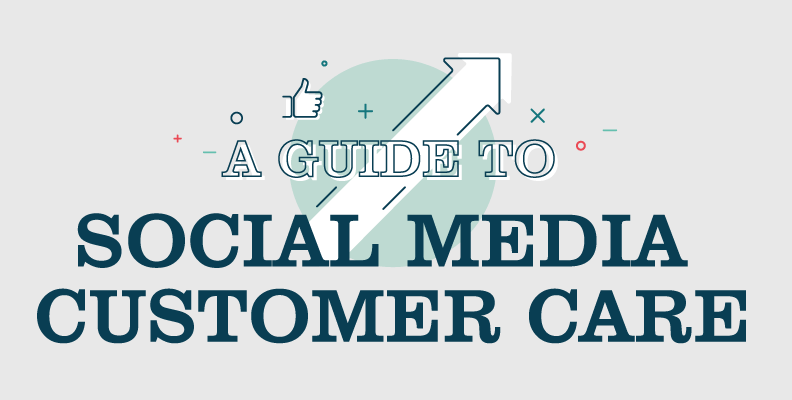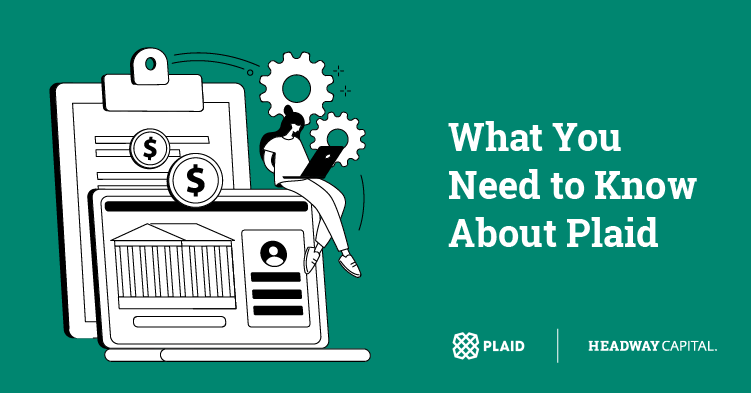How to Calculate the True Cost of Any Small Business Loan
Any consumer who has been through the basics of “Debt 101” knows that if you take out a loan for your business (or any other purpose), you’ll have to pay back the amount you borrowed, plus interest, within a certain, pre-specified time frame. But when you dig a little deeper, the “plus interest” part of that equation is more complicated than it originally seems.
The cost of borrowing for a small business loan — or any debt, for that matter — can be structured in a wide variety of ways; without reading the fine print, it’s hard to know whether the interest rates being advertised to you actually reflect the true cost of your small business loan.
To help you better understand the true cost of any small business loan you may be considering, let’s break down the three factors that weigh into that “plus interest” number: the interest rate, fees and amortization. Then, we’ll explain how these three factors work together to form your APR, or annual percentage rate. That’s the ultimate price you pay for borrowing money and will be the number you need to effectively comparison shop for your next business loan.
The Interest Rate
When you receive an offer for a small business loan, the lender will share the interest rate you’ll be expected to pay on that loan. Lenders use several factors to determine what interest rate they will offer, including the type of loan, your credit history and your current borrowing ratio. Not surprisingly, banks will entice low-risk borrowers with lower interest rates to win their business, and they usually offer higher rates to higher-risk borrowers in order to protect themselves.
At first glance, the interest rate may seem pretty straightforward. It’s right there in black and white on the page, after all! However, additional fees charged by your lender or differences in the way interest compounds over time can mean that two interest rates which seem similar at first glance actually add up to very different costs in the long-run.
Additional Fees
Sometimes, the number that lenders advertise as the interest rate on a loan doesn’t include their additional fees. The most common fees are origination and guarantee fees, but some lenders will tack on additional costs as well. These one-off fees may appear deep in the fine print of your loan offer and may seem trivial, but they can actually add up to significant differences in the true cost of your small business loan.
A loan origination fee is the cost a bank or lender charges you for processing your paperwork and application. Not all lenders will tell you the origination fee (at least not upfront) and not all will charge you for it in the same way: the origination fee can be a percentage of your loan amount (usually 3% to 5%) or a flat fee (such as $500).
If you look at two loans and both offer a 10% interest rate, you might think they are comparable offers. But if one has a hidden fee of 2% and the other 4%, they are actually quite different. When reviewing any offer from a lender, be sure to ask about any additional fees that are not included in the advertised interest rate. Later on, we’ll explain how you can factor these fees to help you determine your true cost of borrowing.
Amortization Rates
The true cost of the interest you pay on your small business loan can vary dramatically depending on how that interest compounds over time. Particularly when you’re comparing loan products with different terms and payment schedules, two loans that look very similar can actually vary quite dramatically in cost.
Confused yet? Don’t panic! Loan amortization is a complex topic, but there are shortcuts that can tell you what you need to know with minimal headache. Using the right loan amortization schedule for your payment terms will show you, payment by payment, how different loan terms can affect what you pay overtime. Or, to simplify matters even further, calculating your loan’s APR (annual percentage rate) will guarantee that you’re comparing apples to apples when reviewing small business loan products with different amortization.
Calculating Your APR
To calculate APR, you need to know the following: your total amount borrowed, origination and other fees, interest rate of the loan and the repayment terms. You might be surprised at how much your APR can fluctuate when any one of the variables in the calculation is changed.
In many cases, your lender will provide you with the APR when you apply for a loan. If they don’t — or if you’d rather do the math for yourself — there are free APR calculators available online for virtually every type of small business loan.
At the end of the day, you can get more for your money by understanding how it, and more specifically the loans for which you qualify, work. With a little effort and some online help, you can find the best deal in no time!






